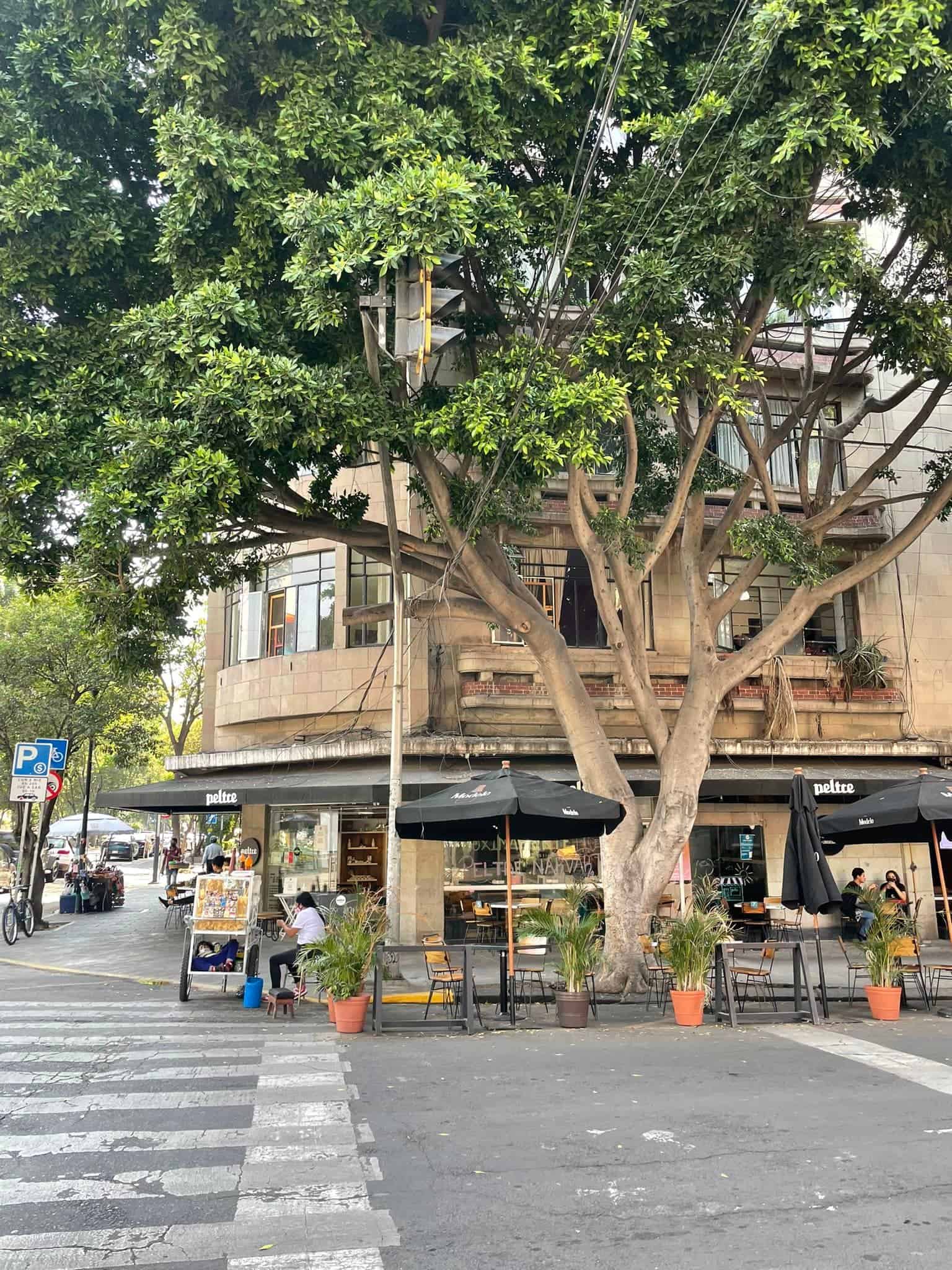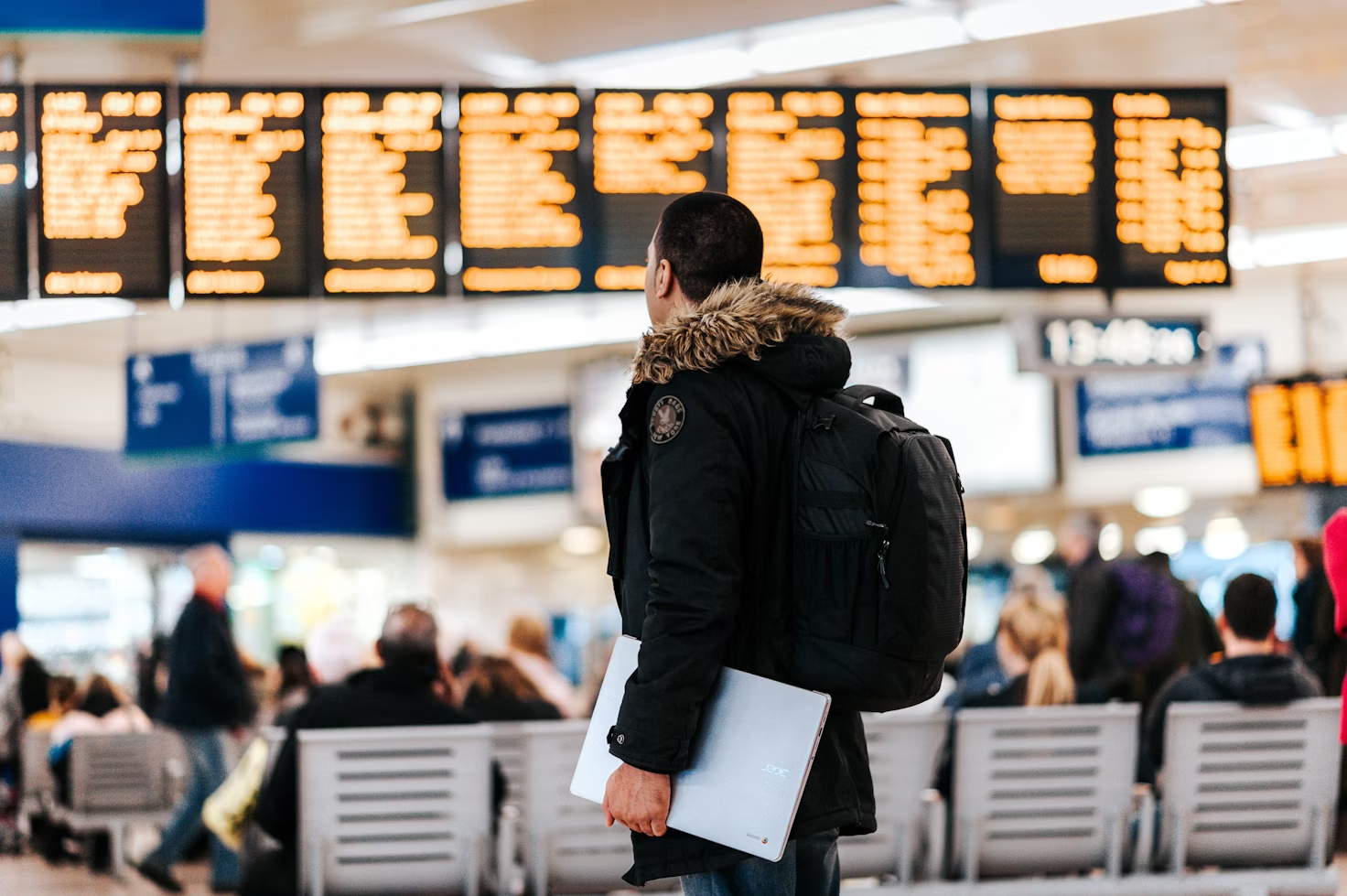Becoming a Digital Nomad and having the freedom to work from whichever exotic locale you like is an appealing concept for many. But do the realities of a Digital Nomad lifestyle live up to our expectations?
Digital Nomad Lifestyle
More and more people have started opting for the Digital Nomad lifestyle in recent years, particularly following the global pandemic. When people were unable to go into their offices and workplaces for health and safety reasons, they got a taster of what life is like for remote workers and many felt that they could never go back to a traditional work environment.
In parallel, many countries across the globe have started offering Digital Nomad visas as incentives to encourage high-earning entrepreneurs to relocate there and contribute to their economies. Many of these visa programs come with additional perks.
For instance, in Croatia, Digital Nomads can live tax-free for the duration of their time in the country. Meanwhile, the Digital Nomad visa that was introduced by Greece in the summer of 2021 has made it easier for business owners across the globe to move to Greece and enjoy a more economical cost of living in Athens and beyond.
Digital Nomad Realities Vs Expectations
You can travel the world while working remotely
Whenever you log into social media these days, you are met with images of Digital Nomads working remotely from gorgeous beach clubs in Playa Del Carmen and rooftop bars across the globe. Obviously, when you work from home, in theory, you have the ability to work from wherever in the world you choose.
This makes it seem as though you can easily do the two things in parallel. You make a plan to bounce around different Airbnbs in different countries so that you can simultaneously work and travel.
In reality, it isn’t all that easy. It is difficult to establish a balance between travelling and working various travel jobs remotely.
When you try to juggle the two, and cram sightseeing, working, being in transit, and socialising, into a single week, it can be overwhelming. You cannot fully appreciate the places that you travel to because you always have the work that you need to do looming in the back of your mind.
At the same time, it can be a struggle to focus and concentrate properly on your work when you are in an exciting new place. It feels like there is so much to see and do in the area, that it is a shame to be cooped up in one place behind a desk.
So what is the solution? You can absolutely still travel and work from exotic locations as part of a Digital Nomad lifestyle.
The trick is to travel slowly and stay in each location for extended periods of time. Trying to see a new city every 5-6 days is overwhelming. However, if you stay in a city for several weeks/months, you can commit to a work schedule during the weekdays, and explore the area during weekends and evenings, giving you the best of both worlds.
Working from home will be better than going to an office

Not having to physically go into an office every day is a major appeal of the Digital Nomad lifestyle. When your alarm goes off at six AM every day to get you up for work, the concept of staying in bed for a couple more hours sounds like the best thing in the world.
Working from home means that you don’t have to endure a long, boring commute where you are battling with traffic every day or travelling in the wind and rain. But the grass is always greener on the other side and sometimes being a Digital Nomad can be isolating.
There are perks of course. For instance, you can get up whenever you like, you can wear sweatpants to work, and you save money by not having to buy formal business clothes or pay for transport.
But when you are working from your dining room table, it can be hard to stay motivated as it can feel like there is no divide between your work and home life. You can quickly start to realise that your coworkers and the social side of having a workplace to go to are a highlight of working life.
Coworking spaces and laptop-friendly cafes do exist. However, they come with a price and it can often be upwards of $200-$300 a month to rent a hot desk.
If you regularly visit coffee shops for a change of scenery, the amount that you are spending on cups of coffee or other beverages can quickly add up. You may find that after the excitement of not having to go to an office every day wears off, you start paying so that you can have an office to go to.
You will make friends easily in Digital Nomad communities
One of the major appeals of the Digital Nomad lifestyle is the social aspect. It is assumed that if you work and travel, particularly if you are basing yourself in major cities, you will easily meet a lot of other Digital Nomads working the same way.
And indeed, you can often find social events via platforms like Meetup.com, InterNations, and Couchsurfing. Similarly, many coworking spaces regularly host their own social mixers.
This can be fun, and you may find that you are effortlessly meeting like-minded people from all corners of the world. But the only problem with meeting other Digital Nomads is that a lot of people don’t stick around for long.
When you are perpetually making new friends and then within a matter of months, someone is leaving, you can feel like you don’t have any stability. It can be painful to live in a cycle of constantly having to say goodbye.
If you date other remote workers or get somehow romantically involved, some goodbyes can be more painful than others. At the same time, it can be a little more challenging to meet locals that actually live in a place long term. (Since you don’t have a conventional workplace to go to and these people are less likely to attend social events to meet people).
You can work from cute coffee shops and cafes
The Digital Nomad lifestyle and having the ability to work from anywhere opens up the possibility of working from cute cafes, coffee shops and restaurants. This can be great from the perspective of having a change of scenery and being able to try different places during your work day.
However, it can be problematic in a couple of ways. Some establishments may not welcome people sitting at a table for extended periods of time with their laptops. (So it’s important to be mindful of the types of places that you opt to work in).
Similarly, you can easily develop back and neck issues if you work at an inappropriate workstation. There is a reason why most offices require the use of ergonomic equipment and do assessments to make sure that workstations are safe.
Working from stools in trendy coffee shops in Seoul might seem like a dream work environment but you may find yourself getting all sorts of aches and pains as a result. So, you may find that you have to invest in your own ergonomic chairs and tables and create your own comfortable home office.
You can save money on your cost of living
Relocating to a country where the cost of living is much lower than that in your home country is a great way to save money as a Digital Nomad. You may find that you don’t have to earn the same amount of money as you would need at home, to have an improved quality of life.
This is particularly true if you are from a western country such as the United States, the UK, etc. For instance, many US business owners relocate south of the border to Mexico.
The cost of living in Merida Mexico, for example, is much lower than the cost of living in western countries. You could easily live here for as little as $800 a month – including the rental costs of a spacious one or two-bedroom apartment, bills, groceries, and entertainment.
Similarly, the cost of living in Athens, Greece is approximately 30% lower than the cost of living in most other European cities. In such places, for the most part, you may find that you can save money effortlessly, with no real effort.
This is a welcome change from the cost of living in some western cities where it is a struggle to make your salary last until the end of the month. But at the same time, there are a lot of problems that come from Digital Nomads relocating to lower-cost countries.
As a foreigner, you may find that you are perpetually charged significantly higher rates than the locals as people see you as a way to make a quick buck. Similarly, Digital Nomads and short-term rental platforms likeAirbnb are increasing the cost of living across the world and pushing people out of their neighbourhoods.
Final Thoughts on the Digital Nomad Lifestyle
What are your thoughts on becoming a Digital Nomad? Is it something that appeals to you?
Alternatively, if you are already working as a Digital Nomad, how do you find it? Do you find that the realities of the Digital Nomad lifestyle live up to your expectations?
Hopefully, this article on the Digital Nomad lifestyle doesn’t come across as too negative! It is just important to give a realistic view of things that you may not have considered.
This type of lifestyle is glamorous but it isn’t completely without its issues. I have been living in Athens, Greece for the last four years.
Safe travels! Good luck with your quest to become a Digital Nomad!






4 Responses
Good post, I feel like this is exactly me! Usually I eye roll at DN posts because it’s all bromads harping on about “crushing” it at the coworking spaces and what a dream it is living in a $150 condo in Chiang Mai. I’ve tried so many times to like coworking but I’m also stingy and I hate people. But then when I work at home all week I get scared about leaving the house to go back into real society! There must be some kind of balance, but after 6 years I’ve still not found it. Some of us are just tortured souls, I guess. 🌈
Hey Jodie, oh my gosh – me too! So happy someone feels the same haha. I have been to a few coworking spaces but yeah, here in Greece they are about £120 a month at minimum to join and I feel like I can’t justify that extra expense. I meet other people to work together with our laptops in coffee shops a few times a week, but then at the end of it all, I hate lugging around my laptop so it seems easier to work at home and get more done without disruptions. Then yeah like you I feel strange when I finally go back outside haha. I am hoping that at some point I will find the solution!
Hahah oh yes, a lot of this sounds so familiar (although I’ve never had an office job so can’t really miss it!). I think the hardest part is time management. I suck at time management and should definitely not be in charge of my on schedules. But I don’t get how it can take me a whole hour to have lunch?? Two, if I fall asleep after, which happens because you know, no one can tell me I can’t nap during work hours.
This piece was funny, thanks for writing it!
hahahahhaa I love this so much. totally hit the nail on the head! in every way!